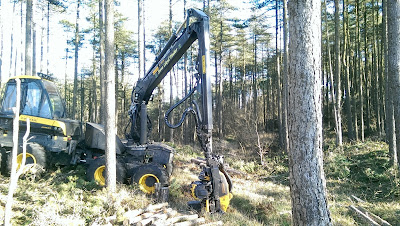I have been doing a lot of pondering since Monday, when I went to a Llanelli Naturalists AGM and listened to a talk by Barry Stewart on the status of the Strandline Beetle Eurynebria complanata, and having read in detail his report to Natural Resources Wales, (I will refer to E complanata, as the beetle in the rest of the blog).
The beetle was recently reclassified as endangered following a decline which now finds its UK range restricted to a few special areas of Carmarthen Bay,
.
 |
| The Strandline Beetle, Eurynebria complanata (photo VH) |
The beetle is closely associated with strandlines and sandy beaches backed by the right sort of sand dune and the resultant vegetation community.
Ecologically I assume the beetle evolved to survive the natural processes of the dynamic and shifting patterns of beach, strandline and dune formation relying on purely natural objects under which to seek refuge.
The state of our oceans, and thus our beaches in the 21st century are generally much less natural and more semi natural, by which I mean that there are vast amounts of man made objects to be found lying on the beaches, a look at any of the eroding dune faces along Cefn Sidan will reveal any number of plastic compound objects in the stratification of the dune face, perhaps a clear example of the anthropocene epoch of geological time!
Now the beetle has adapted to make use of many plastic objects as well as tyres old sofa cushions, polystyrene etc. Seeing these objects on a beach is to many ugly, unsightly and must be removed.
NO! if only it was so simple.
Yes it is depressing to see the vast amounts of plastic bottles of all shapes and sizes washed up, sometimes into great piles, on our beaches along with old fishing nets, rope as well as more domestic rubbish like dustbin. But before we act we must stop and consider the outcome we really desire.
There is a real and significant risk that we will lose this distinctive ground beetle from our fauna unless action is taken very soon, this will need to consider the level of "cleanliness" some of our beaches can tolerate, this will need to include careful monitoring of the amount of natural materials being removed by the public, usually driftwood, and how fires are controlled on the beach by the party animals of the area.
There will need to be an acceptance that "useful rubbish" will need to be left insitu on the beach to provide shelter for the beetle, especially where the quantities of natural material seem to be declining, I walked from CE52 to the "nose" at Pembrey Burrows, (2.7km), today and saw very little wood on the beach, certainly considerably less than this time last year,; maybe its buried under the ever shifting sands of Cefn Sidan, or the currents have changed as a result of the accretion of sand on the beach mid way along that particular section of beach?
 |
| This view of the beach between CE52 and the Nose was typical NO NATURAL DEBRIS |
On a brighter note there is a plan!, this plan is to supplement the amount of wood on the beach, carefully control any "beach cleans" and engage with beach users to help them understand the part they play in the survival of the Strandline Beetle, Eurynebria complanata.
The fight is on................
I will come back to this hot topic over the coming months...............






















